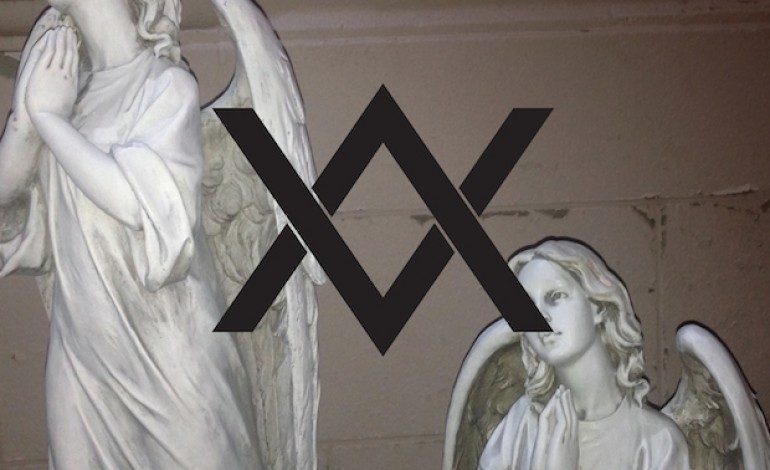

Conceptual Ambitions
Listeners have been picking Liturgy apart since their debut in 2009. The Brooklyn-based band saw a breakthrough with 2011’s Aesthethica, one that wed black metal with math-rock proficiency and post-rock expanse. This crossover drew in outsiders of the metal subgenre and repulsed the purists. What ensued was a discussion of the artist’s authenticity rather than a pure assessment of the music. This was egged on by the fact that the band’s leader, vocalist-guitarist Hunter Hunt-Hendrix, published a treatise on what he calls ‘Transcendental Black Metal’ and was rattling off these lofty concepts in interviews. The metal community shunned the band, band members quit due to the backlash, and Hunt-Hendrix was left with his brainy theories and the drive to write another full-length. The result is The Ark Work, an art project that fuses unlikely elements—IDM, glitch, bells and bagpipes, minimalism, shamanic rap, synth horns, math-rock, black metal—into an ambitious, if at times confusing, record.
Throughout The Ark Work, the hallmarks of black metal are still present: spastic blast beats, tremolo picking, and a disorienting atmosphere. However, Liturgy has always adjusted this typically harrowing and depressive Norwegian subgenre into sounding triumphant and, yes, transcendental. The lengthy “Reign Array” opens with a keyboard soliloquy that then blasts into a war-torn lament with a flurry of snare rolls, intense bells, mournful strings and one of the only instances where Hunt-Hendrix’s vocals actually elicit emotions rather than sounding like he’s reciting a ritual. The band is at its most punishing on this track. Each time they launch into an instrumental passage, it crushes anything in its peripheral and truly consumes the headspace.
Similarly, after a placid vibrato organ represents the calm before the storm, “Follow II” parts the skies with sweeping orchestration that sounds like the score to an epic. This leads to Hunt-Hendrix’s stretched syllable incantations, a new vocal style that favorably replaces the piercing shrieks heard on previous albums. Before long, however, glitched vocal snippets, dinging glockenspiel and rapid-fire drum triggers create a cluttered chaos that betrays the elegance of the track’s first half.
Staying true to the original formula is the track, “Father Vorizen.” On here the quartet links up with tight precision and no glitchy frills or shiny synth-anything, recalling the band’s impeccable musicianship from the first two LPs. Always a highlight is drummer Greg Fox (who also performs with New York avant-garde band Zs and formed Guardian Alien) as he locks down each odd time signature fill. Elsewhere, Fox’s staccato snare hits match Hunt-Hendrix’s rhythmic vocals on the middle part of “Quetzalcoatl.” This track is a comprehensive summation of the wide range of ideas found on The Ark Work, and would be a brilliant success if Hunt-Hendrix’s pitch-bending, tri-puh-let rapping was less irritating.
From the grating minimalism of “Fanfare” and “Kel Valhaal” to the downright baffling witch house-inspired rap of “Vitriol,” The Ark Work is not short of its missteps. Hunt-Hendrix is an artist brimming with intellectual ideas (the LP packaging comes with a perichoresis diagram linking music, philosophy and art) and musical influences (he claims to have grown up on classical music as well as Three 6 Mafia) and it becomes evident that he funneled them all into this one hefty release. With musicians as talented and cohesive as the ones in Liturgy, Hunt-Hendrix will likely find a balance between his high-brow ideals and eclectic tastes on future releases, but for now, The Ark Work suffers from too much input from too many directions.
